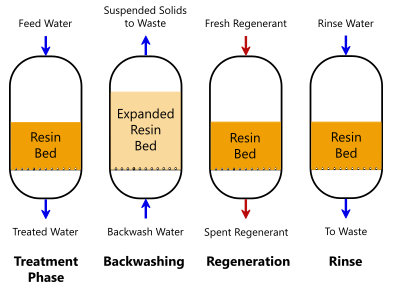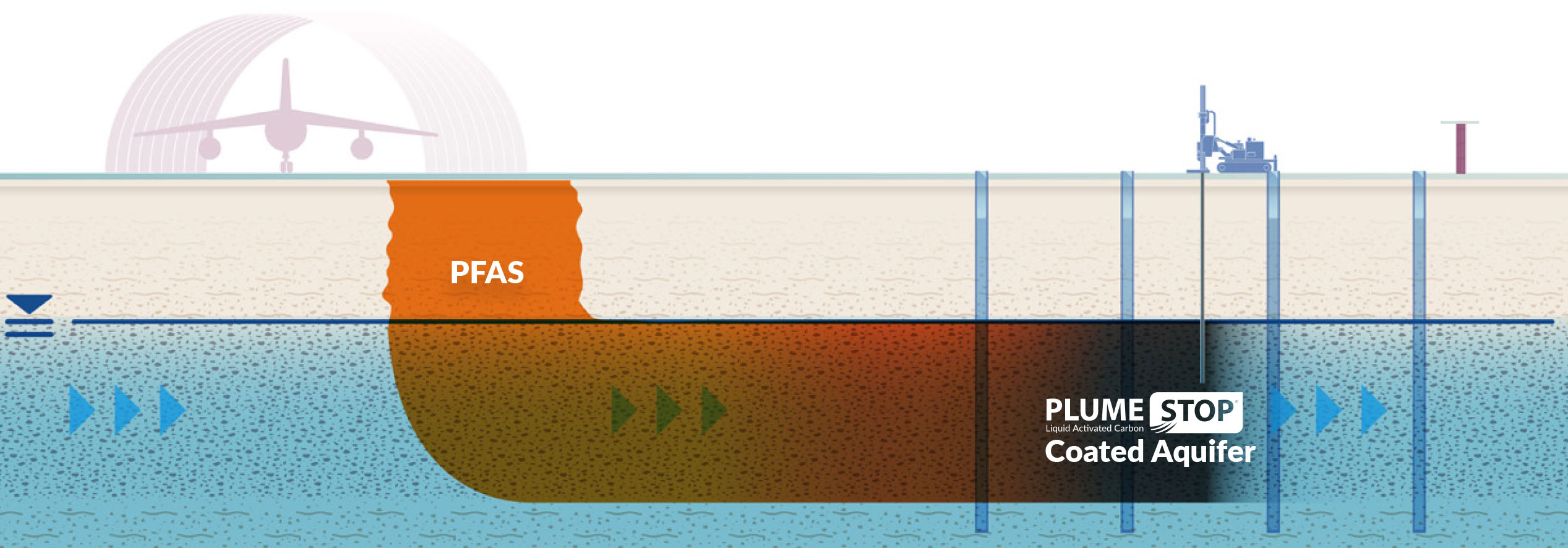Ingenious PFAS Therapy Solutions for Safer Water
The increasing frequency of PFAS contamination in water products demands an essential assessment of cutting-edge treatment remedies. Additionally, arising bioremediation techniques use an even more sustainable strategy to taking on PFAS challenges. pfas management.
Overview of PFAS Contamination
PFAS contamination has actually become a considerable environmental and public health and wellness issue. Per- and polyfluoroalkyl materials (PFAS) are a team of artificial chemicals recognized for their persistence in the atmosphere and human body, leading them to be generally described as "for life chemicals." These substances have actually been commonly used in various sectors, consisting of firefighting foams, water-repellent materials, and food packaging, mainly due to their water- and grease-resistant properties.
The extensive use PFAS has actually led to their discovery in soil, water supplies, and also in the blood of humans and pets. Studies have actually connected PFAS exposure to numerous health concerns, including developmental effects in babies, body immune system dysfunction, and different forms of cancer. In addition, the ecological persistence of these compounds complicates their deterioration and removal, increasing issues concerning long-lasting environmental influences.
Governing bodies are progressively implementing rigid standards to keep track of and lower PFAS levels in alcohol consumption water and other ecological mediums. As recognition of PFAS contamination expands, it has actually become crucial for areas and sectors to seek reliable therapy remedies to reduce exposure and guard public health and wellness.
Advanced Filtering Technologies
As the seriousness to attend to PFAS contamination intensifies, progressed purification modern technologies have become a critical part in the removal efforts focused on removing these consistent chemicals from water sources. These technologies take advantage of advanced systems to effectively target and catch PFAS compounds, which are notoriously resistant to standard therapy approaches.
Among one of the most promising strategies is the use of granular activated carbon (GAC), which adsorbs PFAS molecules due to its high surface and permeable structure. This approach has been commonly implemented in both local and commercial setups, demonstrating considerable reductions in PFAS focus. Additionally, ion exchange materials have actually gained grip, particularly designed to precisely bind PFAS ions from water, hence promoting their removal.
Membrane layer filtration technologies, such as reverse osmosis and nanofiltration, likewise reveal efficacy in PFAS removal by literally dividing contaminants from water - pfas management. These systems can accomplish high degrees of purity, making them appropriate for alcohol consumption water applications
Chemical Treatment Technologies
Many chemical treatment innovations are being discovered to successfully deal with PFAS contamination in water materials. One promising approach involves using innovative oxidation processes (AOPs), which use powerful oxidants such as ozone, hydrogen peroxide, or chlorine dioxide integrated with see it here UV light to break down PFAS compounds into less hazardous substances. This method has shown efficiency in laboratory setups, showing potential for scalability in real-world applications.
One more innovative approach is the advancement of ion-exchange resins particularly made to target PFAS. These resins can selectively adsorb PFAS compounds from water, allowing for their elimination during treatment procedures. Current advancements have boosted the performance and capacity of these resins, making them a beneficial option for water therapy centers.
Furthermore, researchers are exploring making use of chemical agents like persulfate and ferrous ions to improve the destruction of PFAS in polluted water. These representatives can cause chain reaction that assist in the malfunction of persistent PFAS substances.
Emerging Bioremediation Strategies
Current improvements in chemical treatment technologies have actually led the method for discovering bioremediation strategies as a practical option for addressing PFAS contamination. Bioremediation harnesses the natural metabolic processes of bacteria to degrade or transform pollutants, making it an enticing approach for dealing with consistent contaminants like PFAS.
Arising techniques in bioremediation include making use of genetically crafted microbes that can particularly target and damage down PFAS substances. visit the site These microbial stress are being developed for their boosted deterioration capabilities, increasing the effectiveness of the removal process. In addition, researchers are checking out the capacity of plant-assisted bioremediation, where certain plant types might uptake and sequester PFAS from polluted soil and water.
One more encouraging method is the application of bioaugmentation, which involves introducing helpful microorganisms right into contaminated atmospheres to enhance the degradation of PFAS. This approach can promote quicker removal timelines and enhance total efficiency.

Regulatory Structures and Standards
A thorough regulatory structure is necessary for properly handling PFAS contamination and ensuring public health and wellness defense. The raising recognition of per- and polyfluoroalkyl substances (PFAS) as toxic wastes has prompted different federal and state firms to create requirements that regulate their visibility in water products. The United State Epa (EPA) has developed wellness advisories and is pursuing establishing enforceable restrictions for PFAS in alcohol consumption water.
State-level laws differ substantially, with some states adopting stricter guidelines than those suggested by the EPA. These guidelines frequently include optimum contaminant degrees (MCLs) for particular PFAS substances, surveillance demands, and reporting obligations for water energies. Additionally, emerging frameworks concentrate on the remediation of contaminated sites, highlighting the need for efficient treatment innovations.

Final Thought
Finally, the growth and execution of cutting-edge PFAS therapy solutions are vital for resolving the prevalent problem of water contamination. Advanced purification modern technologies, chemical therapies, and arising bioremediation techniques collectively provide a complex method to effectively reduce and break down PFAS degrees. As regulative frameworks remain to advance, integrating these technologies will be crucial to safeguard public health and recover the honesty of contaminated water sources, eventually adding to a cleaner and more secure setting.